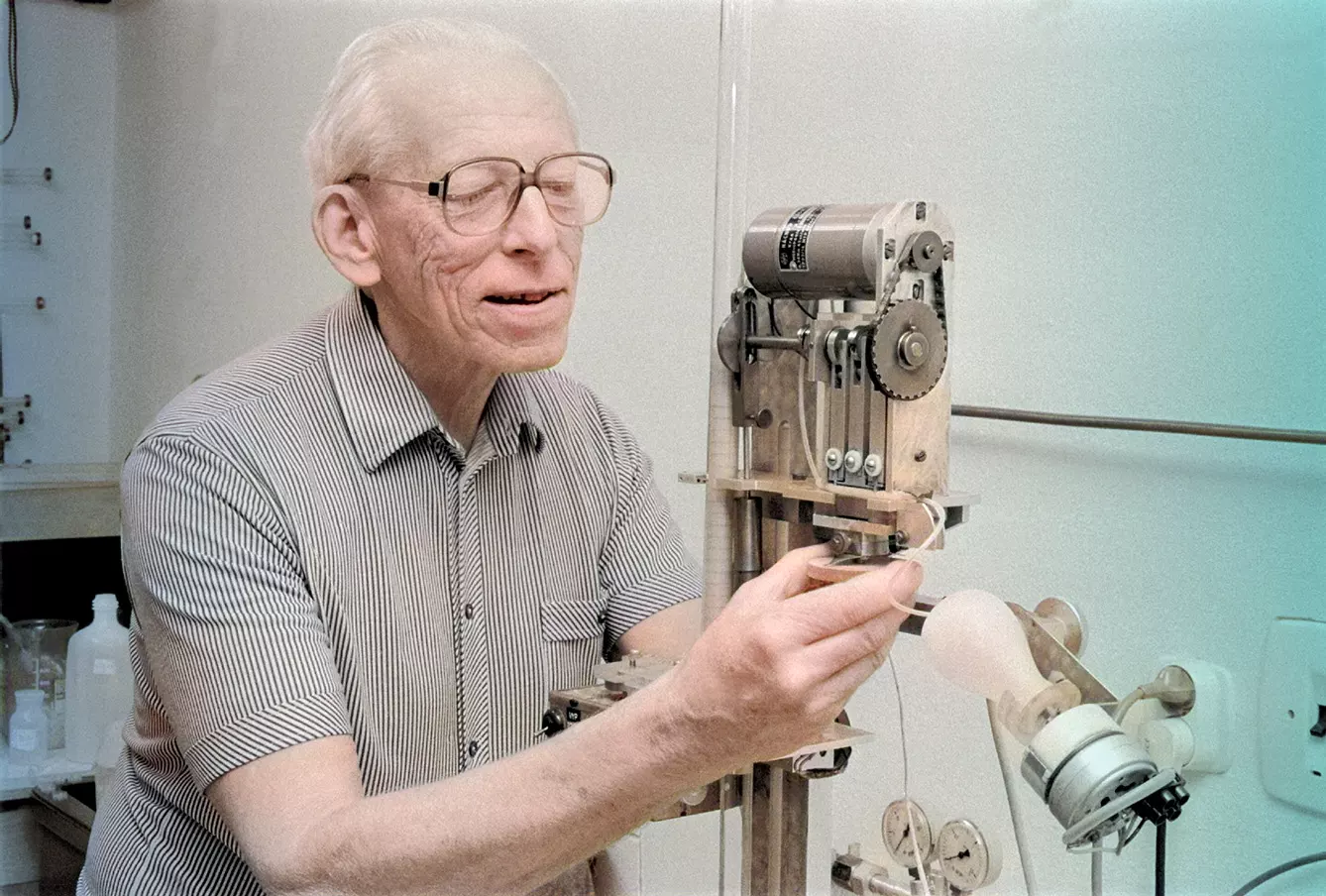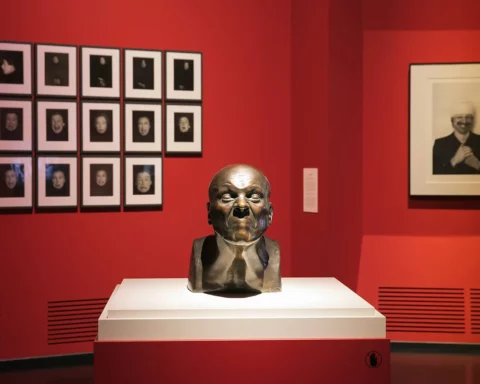The year was 1967, Christmas Day, and Czech scientist Otto Wichterle began constructing a mysterious machine out of his children’s Merkur metal kit. With his kids and wife sound asleep, he managed to create the first hydrogel contact lenses, which millions of people now wear every single day. But let us look back in time first.
The story of contact lenses began in the 19th century with German scientist Adolf Fick. His obsession with the human eye resulted in the first glass-made contact lens. Unfortunately, his lenses were so heavy, impractical, and painful that his idea never made it into the real world.
Contact lenses: beyond the looking glass
One of the first attempts at semi-wearable contact lenses came in 1948 with lenses produced from plastic. However, the lenses were made from hard non-bendable plastic. Despite this material being lighter than the previous glass version, they were almost equally as uncomfortable. The plastic contact lenses could only be worn a few hours a day to prevent eye damage.

And that is where Professor Otto Wichterle comes in. His expertise covered various aspects of organic, inorganic, and macromolecular chemistry. Wichterle also researched polymers and their utilization. The simple fact that he had to wear glasses ignited his interest in contact lenses. He was irritated by the fact that lens machines were so ineffective. Only around 50% of lenses weren’t damaged during the manufacturing process.
He soon discovered this was a matter of faulty material, i.e., hard plastic. He immediately began thinking about better material that would be both easily manufacturable and “friendly” to the human eye. After a few years of research, he finally created a material called Poly(2-hydroxyethyl methacrylate), a hydrogel that is 72% water.
Professor Wichterle had the material, but now comes the issue with the machine. And that brings us back to the cold Christmas day of 1967. With the help of his wife Linda (once she woke up, of course), he created a homemade machine using a children’s building kit, a bicycle dynamo, and a bell transformer. Wichterle finally succeeded and created the first hydrogel contact lens.
A lost patent
Despite Professor Wichterle being the author of the patent for hydrogel contact lenses, the owner was actually Czechoslovakia, which was then a communist dictatorship. The Communist government understood the importance of Wichterle’s invention, and they offered the patent to the American company Bausch & Lomb. The Americans offered a price that enchanted the communist bureaucrats, and thus the patent was, without hesitation, sold to the USA. For a fraction of its worth and without Otto Wichterle knowing.
Regardless, Professor Otto Wichterle remained one of the most admired scientists in the Czech Republic until he died in 1998. He was elected the first Chairman of the Czech Academy of Sciences. He was the author or co-author of approximately 180 patents and over 200 publications. Wichterle was even celebrated by Google, who dedicated one of their logo doodles to him on what would have been his 108th birthday. It is safe to say that his legacy and name live on. Partly thanks to asteroid number 3899 named after him in 1993. Asteroid Wichterle.







